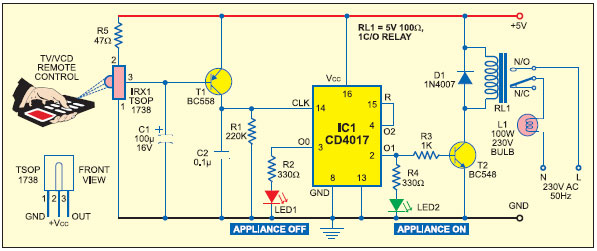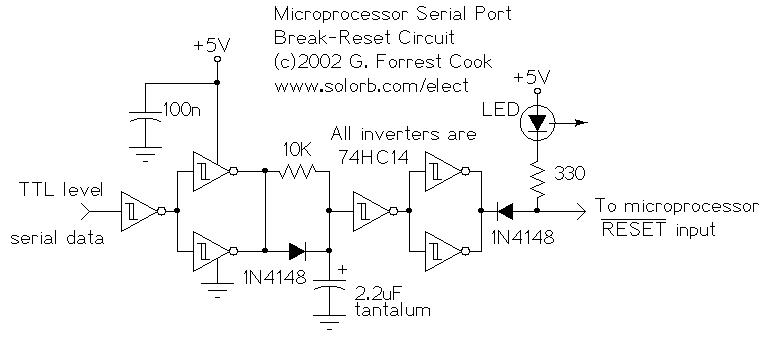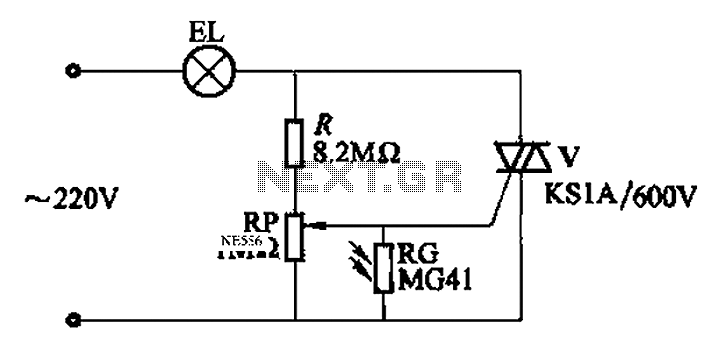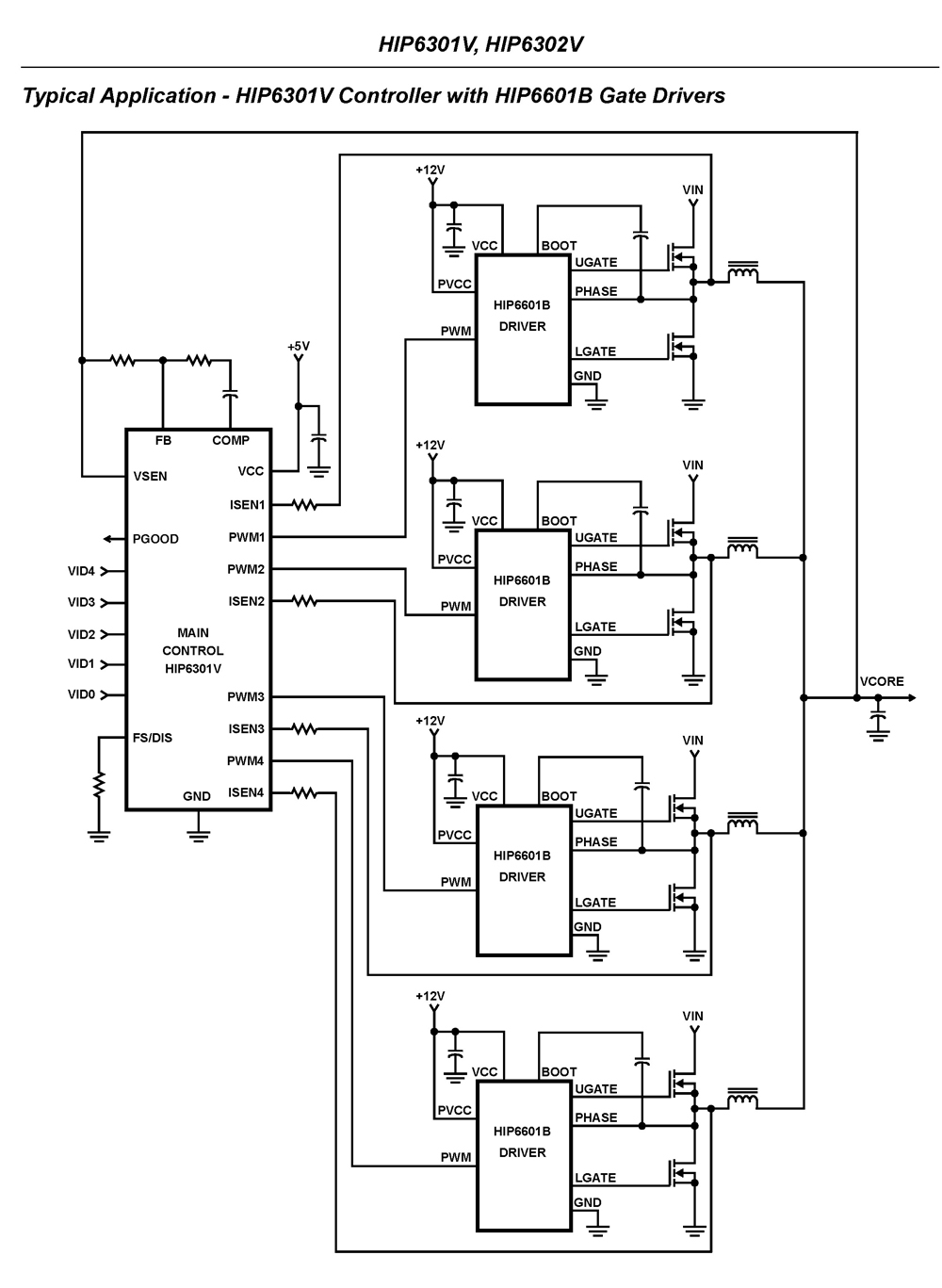
Rs 232 Relay Control Board
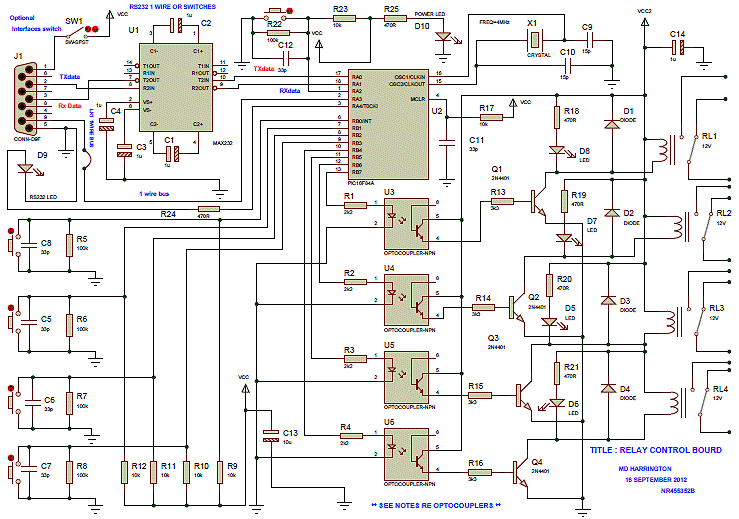
This device can be interfaced with various adapters, including a keypad adapter (optional), an RF receiver (optional), or via the internet (optional). It can also be adapted to operate with other external attachments.
The device features multiple interfacing options, enhancing its versatility in various applications. The keypad adapter allows for direct user input, facilitating interaction with the system. This is particularly useful in scenarios where manual control is necessary, such as in security systems or user-operated devices.
The optional RF receiver enables wireless communication, allowing the device to receive signals from remote controls or other RF-enabled devices. This feature is essential in applications where mobility and distance are crucial, such as in home automation or remote monitoring systems.
Additionally, the internet interfacing capability opens up a range of possibilities, including remote access and control via web applications or mobile devices. This connectivity can be leveraged for IoT (Internet of Things) applications, where devices communicate and exchange data over the internet, providing enhanced functionality and user control.
Furthermore, the ability to adapt the device for use with other external attachments broadens its applicability, allowing integration with various sensors, actuators, or additional modules. This modular approach ensures that the device can be customized to meet specific user needs or project requirements, making it a flexible solution for a wide range of electronic applications.Can be interfaced to other adapters Keypad adapter (Optional) or RF receiver (Optional) or Via the Net (Optional) Can be adapted to operate other external attachmen.. 🔗 External reference
The device features multiple interfacing options, enhancing its versatility in various applications. The keypad adapter allows for direct user input, facilitating interaction with the system. This is particularly useful in scenarios where manual control is necessary, such as in security systems or user-operated devices.
The optional RF receiver enables wireless communication, allowing the device to receive signals from remote controls or other RF-enabled devices. This feature is essential in applications where mobility and distance are crucial, such as in home automation or remote monitoring systems.
Additionally, the internet interfacing capability opens up a range of possibilities, including remote access and control via web applications or mobile devices. This connectivity can be leveraged for IoT (Internet of Things) applications, where devices communicate and exchange data over the internet, providing enhanced functionality and user control.
Furthermore, the ability to adapt the device for use with other external attachments broadens its applicability, allowing integration with various sensors, actuators, or additional modules. This modular approach ensures that the device can be customized to meet specific user needs or project requirements, making it a flexible solution for a wide range of electronic applications.Can be interfaced to other adapters Keypad adapter (Optional) or RF receiver (Optional) or Via the Net (Optional) Can be adapted to operate other external attachmen.. 🔗 External reference
